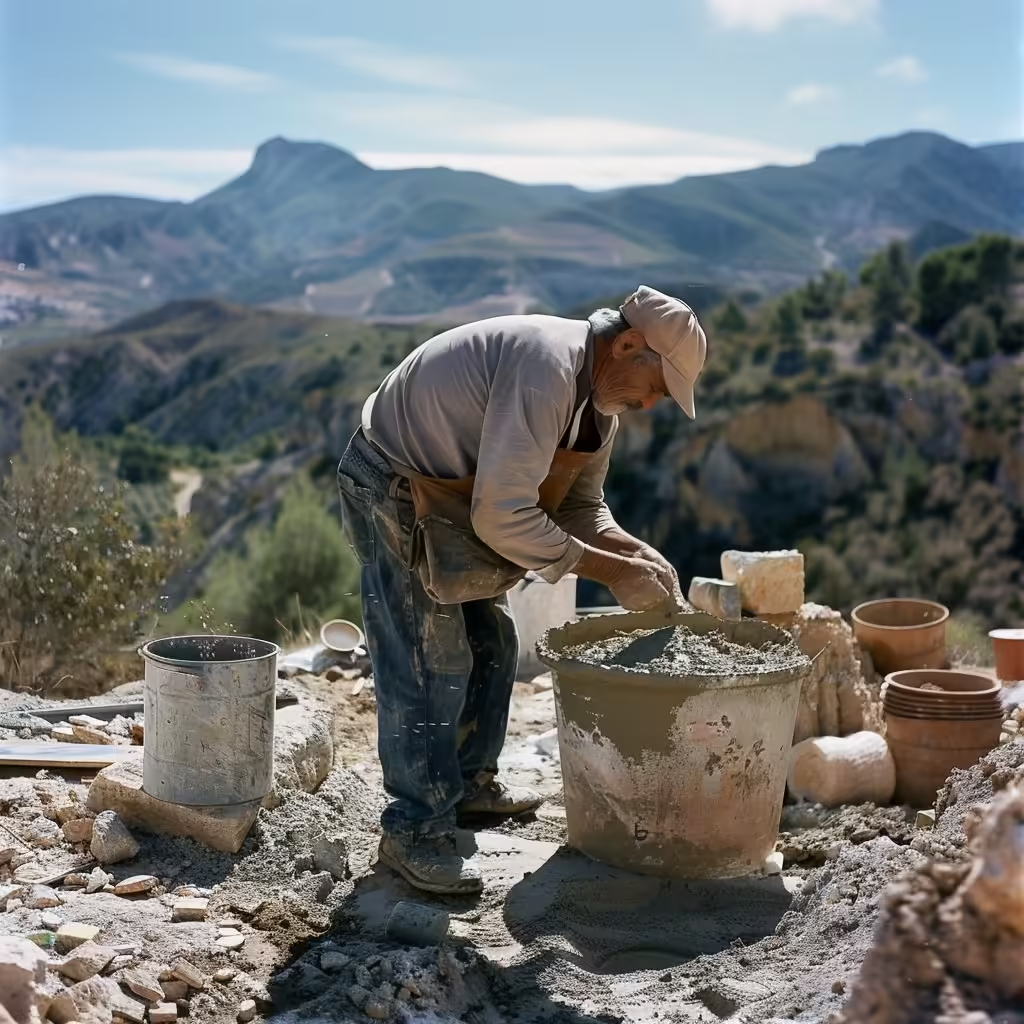The Oldest Known Use of Lime, Clay, and Cork Plaster
The oldest known use of a lime, clay, and cork plaster mix dates back to around 7,500 BC in Ain Ghazal, Jordan and Çatalhöyük, Turkey. At these sites, lime plaster was used on a large scale for covering walls, floors, and hearths in homes, with the plaster containing lime mixed with unheated crushed limestone.
Historical Use of Lime Plasters
– Lime plasters containing clay, sand, and small amounts of anhydrite were used in early Egyptian tombs and throughout West Bank sites.
– In ancient India and China, renders in clay and gypsum plasters were used to produce smooth surfaces over rough stone or mud brick walls.
– The Great Wall of China was built using mortar made from a mixture of lime and glutinous rice, which acted as a pozzolan.
– Lime plaster and paint was virtually the standard wall finish in Renaissance Italy and throughout Europe, being an integral part of the architectural culture and art.
While the specific mix of lime, clay and cork may be more modern, the use of lime plasters containing clay and other natural additives has a very long history dating back thousands of years. The ingredients and techniques have evolved over time, but the basic concept has ancient origins.
We now utilize this type of render for acoustic and thermal insulation, in addition to its application as a decorative wall finish.
Mixing Cork, Lime, and Clay to make Plaster
A cork, lime, and clay plaster blend can be made by mixing together the following ingredients:
– Hydrated lime
– Natural hydraulic lime (NHL 3.5)
– Clay
– Cork granules
– Diatomaceous earth
Typical Mix Ratio
– 1 part lime
– 1.5 parts sand
– Cork granules added to taste, replacing some of the sand
– Small amount of diatomaceous earth for added porosity
The lime provides the binder, clay adds plasticity, cork improves insulation and breathability, and diatomaceous earth enhances porosity.
The ingredients are mixed dry for at least 5 minutes before slowly adding water to achieve the desired workable consistency.
Benefits of the Plaster
This type of plaster mix has been known for centuries to insulate and regulate moisture. Applying 30-75mm of the plaster can improve the thermal performance of a wall by 3.5-4.5 times.
Modern Pre mixed version (Diathonite)
Diasen has further developed and refined this ancient mix to create Diathonite which comes in several versions depending on its intended use. They have also added more technical diatomaceous earth and reinforcing fibres as well as having each product certified for use in modern construction.
Diasen has proven at great expense, time and energy on their behalf that their modern innovative insulation solution based on this ancient recipe delivers exceptional thermal and acoustic performance while promoting sustainability and occupant well-being.





